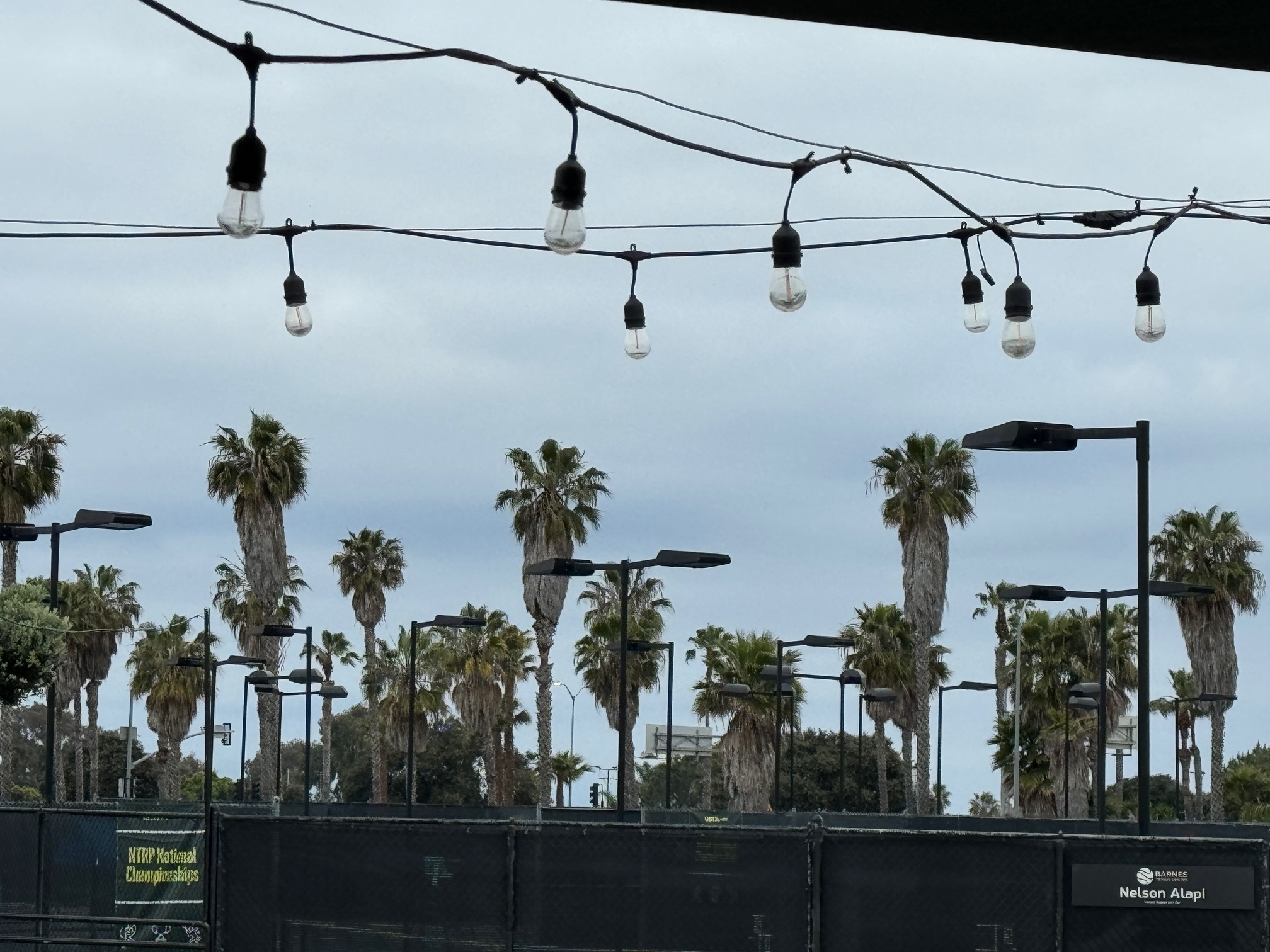
Rule 8 of the ITF Rules of Tennis, as printed in the USTA Friend at Court, is titled “Server & Receiver.” This section essentially does nothing other than to define those two terms.
The players/teams shall stand on opposite sides of the net. The server is the player who puts the ball into play for the first point. The receiver is the player who is ready to return the ball served by the server.
USTA Friend at Court, Section 8
There is an odd inclusion of the phrase “for the first point” in the server definition. A serve is required to be delivered for many points beyond the first in a match, set, or game. The server is the player delivering the serve. Period. The rule would be better if “for the first point” was removed. This is another example of the precise language usage demanded by my engineering brain originally discussed in “We Shall Discuss the Match Tie-Break Today”
I would also observe that there is no requirement for the receiver to actually strike the ball, per the definition put forth in this rule. I am planning to highlight this subtlety to the next doubles partner who gives me side-eye for allowing excessive aces.
The rules and mechanics of delivering the serve, including the position of the server, are not covered until Section 16. With today’s coverage of Section 8, this project is halfway to that point! I anticipate that it will not take the two and a half months required to reach to Rule 8 to advance to Rule 16. The over-under is set at 13.5 days. I am leaning toward the under.
Section 8 includes one case decision regarding where the receiver is allowed to stand.
Case 1: Is the receiver allowed to stand outside the lines of the court?
Decision: Yes. The receiver may take any position inside or outside the lines on the receiver’s side of the net.
USTA Friend at Court, Section 8, Case 1
Given that the server’s location is not included in this particular rule, it is odd that the receiver’s allowable position is specified. The game would be very different if the player’s feet had to be on or inside the baseline when receiving serve.
As an example, Rafael Nadal usually receives the serve with his butt cheeks pressed against the back wall of the court, placing him in a position behind the umpires and ball kids. Imagine what a profound impact it would have if he were forced to stand within the confines of the actual lines of the court. It would completely change the nature of the game.
One rule, one day. The “under” is looking pretty good right now.
- United States Tennis Association (2020) Friend at Court. White Plains, NY



